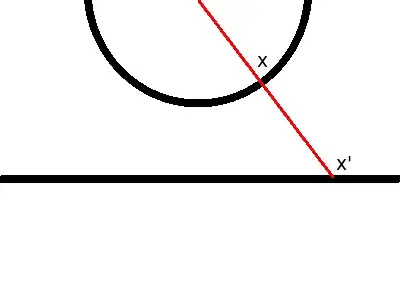There are infinitely many real numbers between any two real numbers, therefore there are infinitely many real numbers in the range $[0,1]$ as there are in $[1, \infty)$. In a mathematical sense, are there more numbers in one range as opposed to the other? What about $[0,1]$ and $[0, \infty)$ ?
I'd assume this is akin to how limits work in that the limit as $x\to\infty$ of $\frac{x^x}{\log(x)}$ is $\infty$, even though both the numerator and denominator approach infinity.
